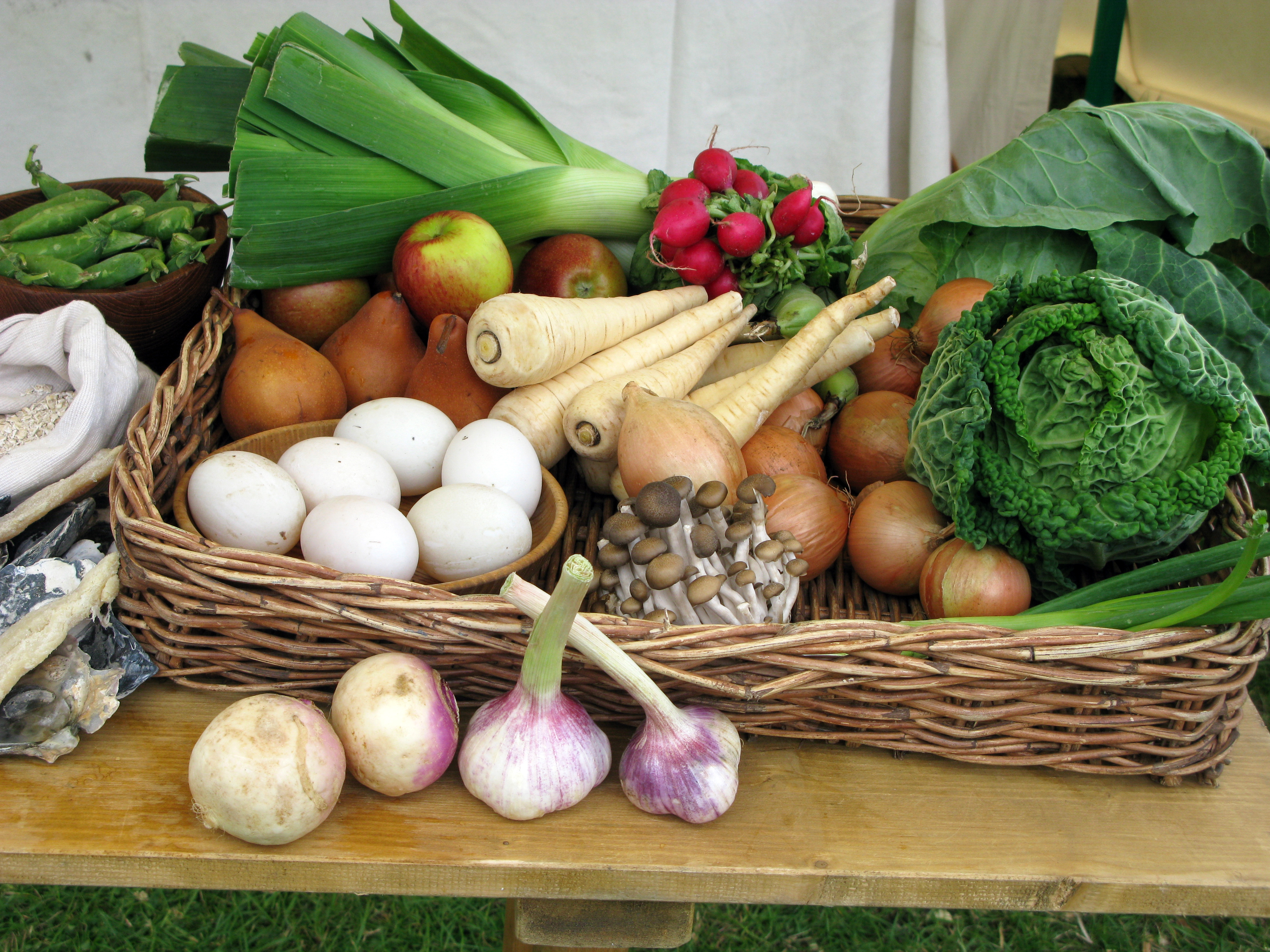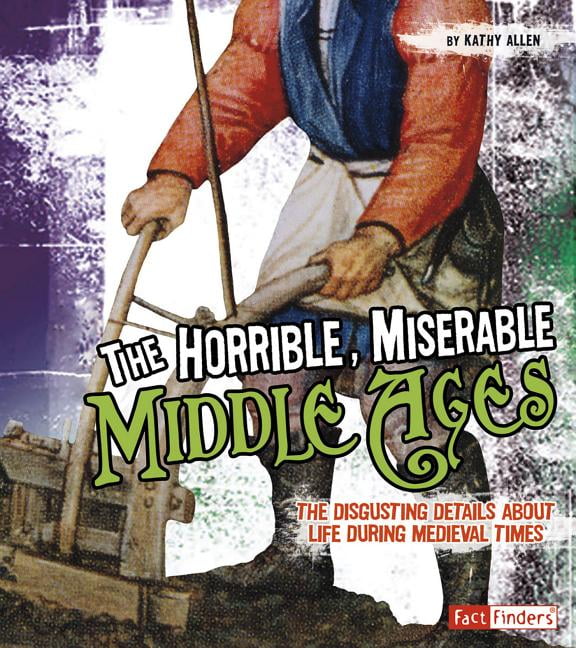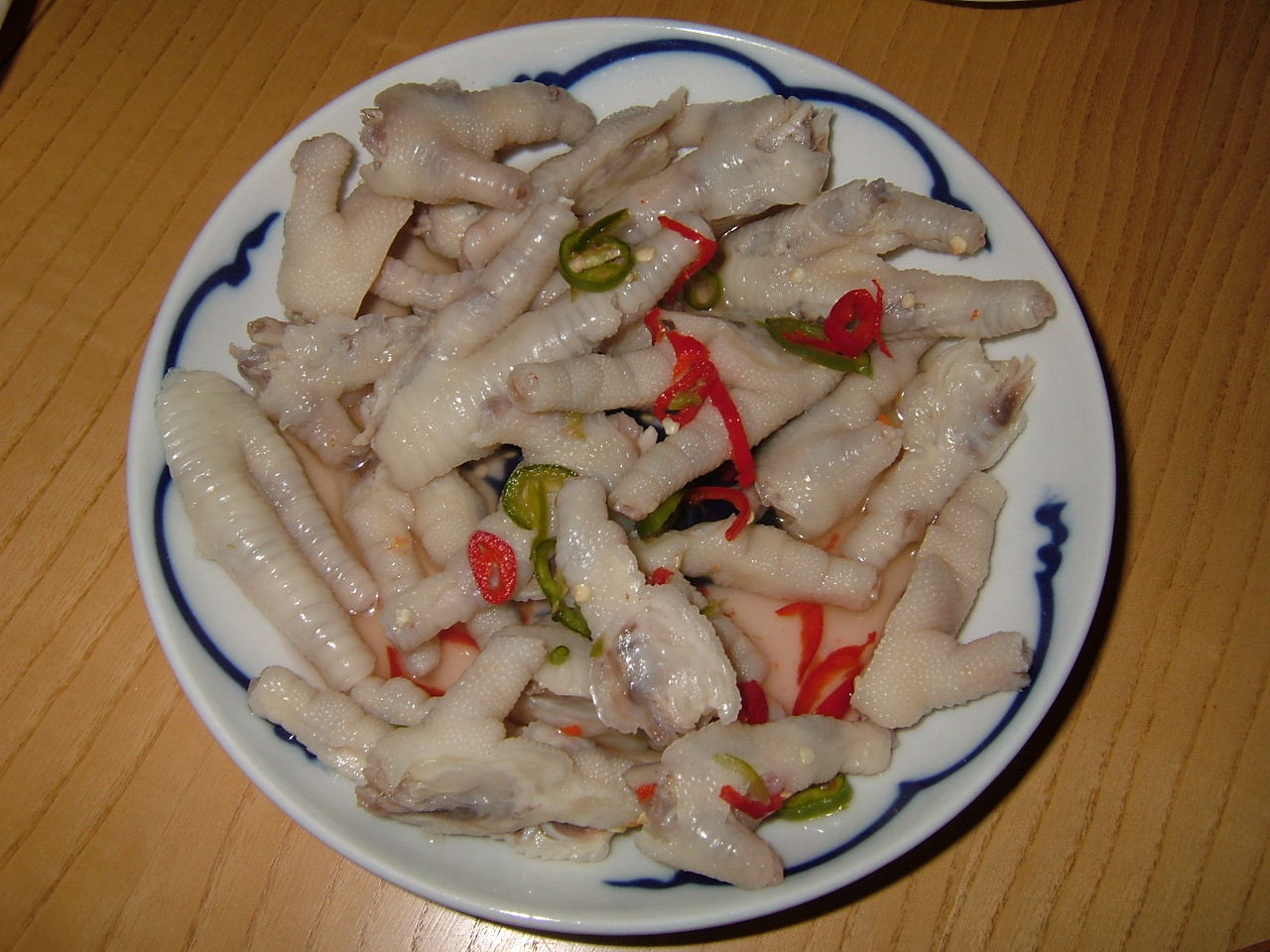

The truly discerning palate would prefer only fresh meat as opposed to salted, preserved cuts. The sometimes intricately decorated crust on the outside was usually not intended to be eaten and existed to keep the meaty insides fresh and protected. Pies were often seen on the table among other roasted and stewed meats, containing layer upon layer of pigeon, rabbit, or pork. Some feasts may have included a roast boar stuffed with sausages that would pour out of its belly when the beast was carved. A single banquet menu once consisted of a veritable zoo of creatures, with 12 pigeons, 12 chickens, six rabbits, two herons, a whole deer, a sturgeon, a pig, and a kid goat appearing in just three of the massive six courses. Even hedgehogs and porcupines sometimes ended up on plates. However, over time the rules were tightened, certain acts forbidden and the final nail in the coffin of fun came with the Protestant reformation, which condemned all the enjoyable excess.Medieval gourmets ate a lot of different animals - rabbits, cows, pigs, goats, fowls, sheep, deer, and boars, just to name a few. Not entirely related but equally as difficult to comprehend, was the Festival of the Ass, where a young girl carrying a child would ride a donkey into church, and throughout the service the congregation replaced "amen" with a "hee-haw."Ĭonsidering the celebration was held in super-strict Christian medieval Europe, it's impressive it survived for so long. Related: Here's How Much Alcohol Is OK to Drink in 19 Countries There were parades, comic performances, costumes, cross-dressing, bawdy songs and, of course, drinking to excess. In the Philippines, balut is only aged for about two weeks. This artfully presented horror is from Vietnam, where the egg matures for up to 21 days. The highest respected officials swapped with the lowest, serving maids became masters and a king of misrule was crowned.Īlthough originally intended to be confined only to the hallowed halls of churches, the common people took it upon themselves to celebrate. The trick is to let the fetus develop to the point of hatching, then boil or fry it up and eat the whole thing including the beak, feathers, and bones. This eclectic event, like most Christian festivals, was inspired by a pagan festival - Saturnalia - and turned the status quo on its head, according to "Sacred Folly: A New History of the Feast of Fools" (Cornell University Press, 2011) by Max Harris. Many people of medieval Europe joined together at the beginning of January to celebrate the Feast of Fools. (Image credit: All About History magazine)

Some couples had their blushes spared by the luxury of a bed curtain, but this was not the case for everyone, and the observers would instead wait around the room for the act to be "completed." 4. The act of "bedding" was not regarded as an intimate moment, but rather an act of investment in the union, and one that warranted being observed by witnesses. It wasn't unusual for the bride to be carried to the bed by her family. The consummation, especially among upper-class newlyweds, was far from private. When lords were done eating, they gave peasants these soaked moldy pieces of bread. This meant it became rather hard to prove people were actually married, so in the 12th century it was declared a holy sacrament that must be observed by God.Īnd it wasn't just the marriage that had to be observed. What some people ate on Meat was sometimes eaten on trenchers, these were stale pieces of break soaked up in grease and juices. They could do it in a matter of moments by uttering consent, which led to marriages in the street, down the pub or even in bed. and processing of food from the home to the now common arousal of disgust. For a start there wasn't a formal ceremony until much later and couples didn't need permission to marry. Not until after the medieval period, when modern table manners were being. However, the marriage ceremony as we know it today was very different. In fact, men and women were judged as ready for marriage as soon as their bodies reached puberty, as young as 12 for girls and 14 for boys. And women, as in almost all aspects of medieval life, had no say.

Much of what people assume about medieval upper-class marriage is true - it was rarely for love, but rather for political and social gain, according to Conor McCarthy's book "Marriage in Medieval England" (The Boydell Press, 2004).


 0 kommentar(er)
0 kommentar(er)
